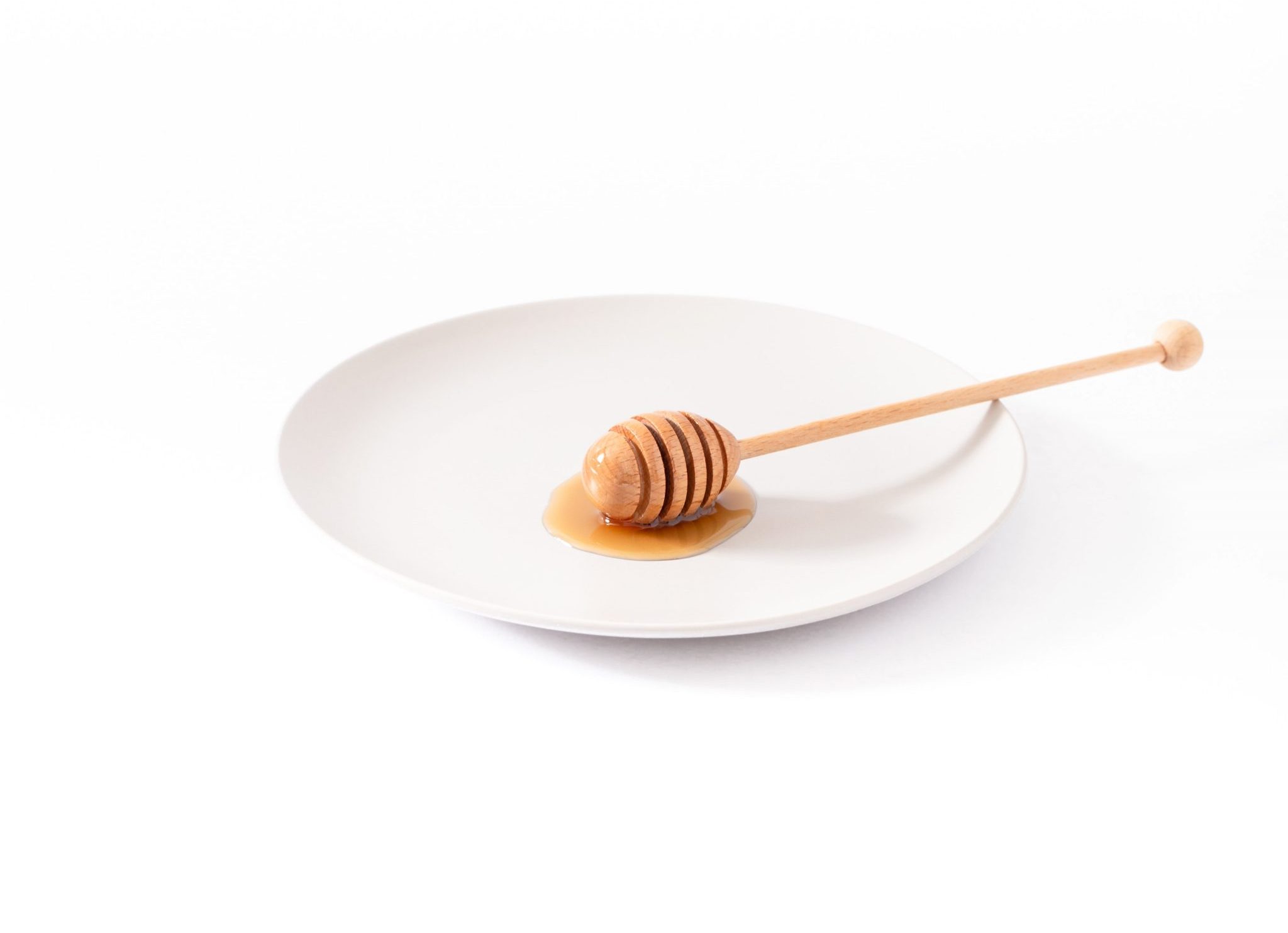Try our new free GreenChoice - Food Scanner mobile app!
DOWNLOAD-
-
-
Diets
Allergies
Take our 30-second quiz & we’ll filter our site to show only products that match your dietary preferences.
- GCNow
- Are Natural Sweeteners Good For You?
Are Natural Sweeteners Good For You?
Authors: Makayla Meixner, MS, RDN and Sydney WexlerPublished: October 2, 2020

Natural sweeteners — and the term “natural” itself — have not been formally defined by the Food and Drug Administration (FDA) (1).
Thus, several types of sweeteners — including regular cane sugar — can be deemed as “natural” on the food label.
Besides cane sugar, there are countless other types of natural sweeteners, which vary depending on their source and how they are digested in the body.
Here is a breakdown of what natural sweeteners are, the different types, and which are best to use for health.
What are natural sweeteners?
Sweeteners are ingredients that contribute a sweet taste to food (2).
Though the FDA has not formally defined the term “natural,” there is a long-standing policy concerning the use of the word “natural” on food labels.
Albeit loose, the policy explains that “The term “natural” [means] that nothing artificial or synthetic (including all color additives regardless of source) has been included in, or has been added to, a food that would not normally be expected to be in that food (1).”
Keep in mind, the term natural can be used regardless of how much processing the sweetener has undergone.
As long as they are originally derived from something found in nature (for example, a plant) and no artificial or synthetic ingredients have been added, sweeteners ranging from stevia to maple syrup can be deemed natural.
In contrast, artificial sweeteners are made by combining compounds in a lab to mimic the taste of sugar. Two common examples include aspartame (Equal) and saccharin (Sweet’N Low) (3).
Types of natural sweeteners
Natural sweeteners can be classified into three broad categories — sugars, sugar alcohols, and natural sugar substitutes.
Sugars
Natural sugars are sweet-tasting compounds extracted from plant sources. For example, honey is made by bees from flower nectar and maple syrup is made from tree sap (4).
All are considered “added sugars,” which are isolated forms of sugar introduced to food and beverages during processing to enhance flavor, texture, color, fermentation, and/or preservation.
Some common sugars are:
- Cane sugar (all types)
- Honey
- Maple syrup
- Agave
- Molasses
Added sugars are “empty calories,” meaning they contribute carbs and calories but provide little to no other nutritional value (5).
Sugar alcohols
Sugar alcohols are naturally occurring in plants but are not digested like regular sugar. They supply about half the calories per gram as regular sugar have a lower effect on blood glucose than other caloric natural sweeteners.
There are 7 types of sugar alcohols, including (6):
- Sorbitol
- Mannitol
- Isomalt
- Maltitol
- Lactitol
- Xylitol
- Erythritol
Sugar alcohols are recognized as generally safe for consumption by the FDA. However, they may cause digestive side effects like pain, gas, bloating, and diarrhea in some. According to research, these side effects are more likely when more than 10 grams of sugar alcohols are eaten per day
(7).
Natural sugar substitutes
Like sugars and sugar alcohols, natural sugar substitutes are also derived from plants. However they are free of calories, carbs, and do not affect blood sugar levels (8).
As they can taste up to 400 times sweeter than regular sugar, natural sugar substitutes are considered “high-intensity sweeteners” by the FDA (9).
Currently, there are only two natural sugar substitutes approved by the FDA:
- Stevia
- Monk fruit extract (also known as Luo Han Guo)
Stevia and monk fruit extract are generally recognized as safe by the FDA.
However, for Stevia, this safety assurance only applies if it’s eaten in “normal” amounts. The FDA recommends no more than 4 grams per kilogram of body weight per day, or around 9 tabletop packets for a 130lb person (10).
Which natural sweeteners are best for health?
As each type of natural sweetener has benefits and downsides, there are many factors to consider when choosing which to use.
While some smaller studies suggest certain natural sugars like honey may have medicinal benefits, they are all linked to the same negative health outcomes as regular (cane) sugar when eaten in excess, such as cavities, weight gain, obesity, inflammation, and several chronic diseases including heart disease, type 2 diabetes, and cancer (11).
For this reason, the American Heart Association recommends limiting added sugar consumption to around 9 teaspoons per day for men and 6 for women (12).
Sugar alcohols are frequently used in place of sugars to provide sweetness with fewer calories. They are not associated with cavities or many of the other complications seen with excessive sugar intake, including high blood sugar levels.
However, sugar alcohols are frequently linked to digestive issues. Again, these are most common when more than 10 grams are eaten per day.
Stevia and monk fruit extract are carb and calorie free, offering similar benefits as sugar alcohols.
While Stevia has been known to cause gas, bloating, diarrhea, and allergic reaction in some. The FDA recommends limiting stevia to around the equivalent of 9 single-serve packets per day.
In contrast, no limit has been set for monk fruit extract, as it has not been associated with any major side effects. However, it’s worth noting that monk fruit extract is a relatively new sweetener on the market — there is a lack of long-term studies on its potential health effects.
Overall, it’s best to only enjoy natural sweeteners — of all types — in moderation.
***
GreenChoice, PBC has evaluated and rated more than 340,000 food & beverage products across hundreds of attributes related to diet, health, and sustainability. Easily find the best products for you, the planet, & your budget. Download the free GreenChoice app for Apple iO or Android!


2 Comments
Thanks for this article, it was well written and informative both for a person new to the question of sugars and a person wanting help articulating why they don’t use certain products that don’t seem like “sugars” .
Thank you, Liz! We appreciate the positive feedback!